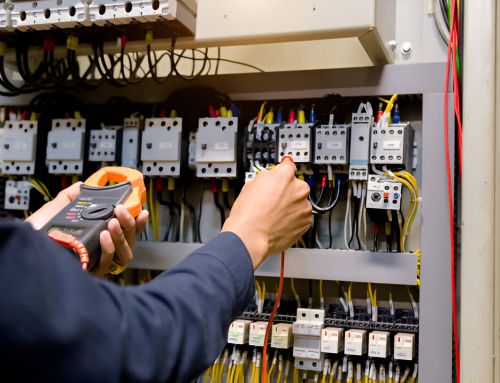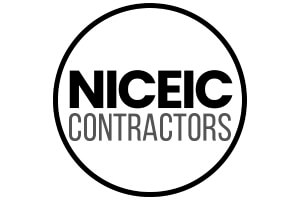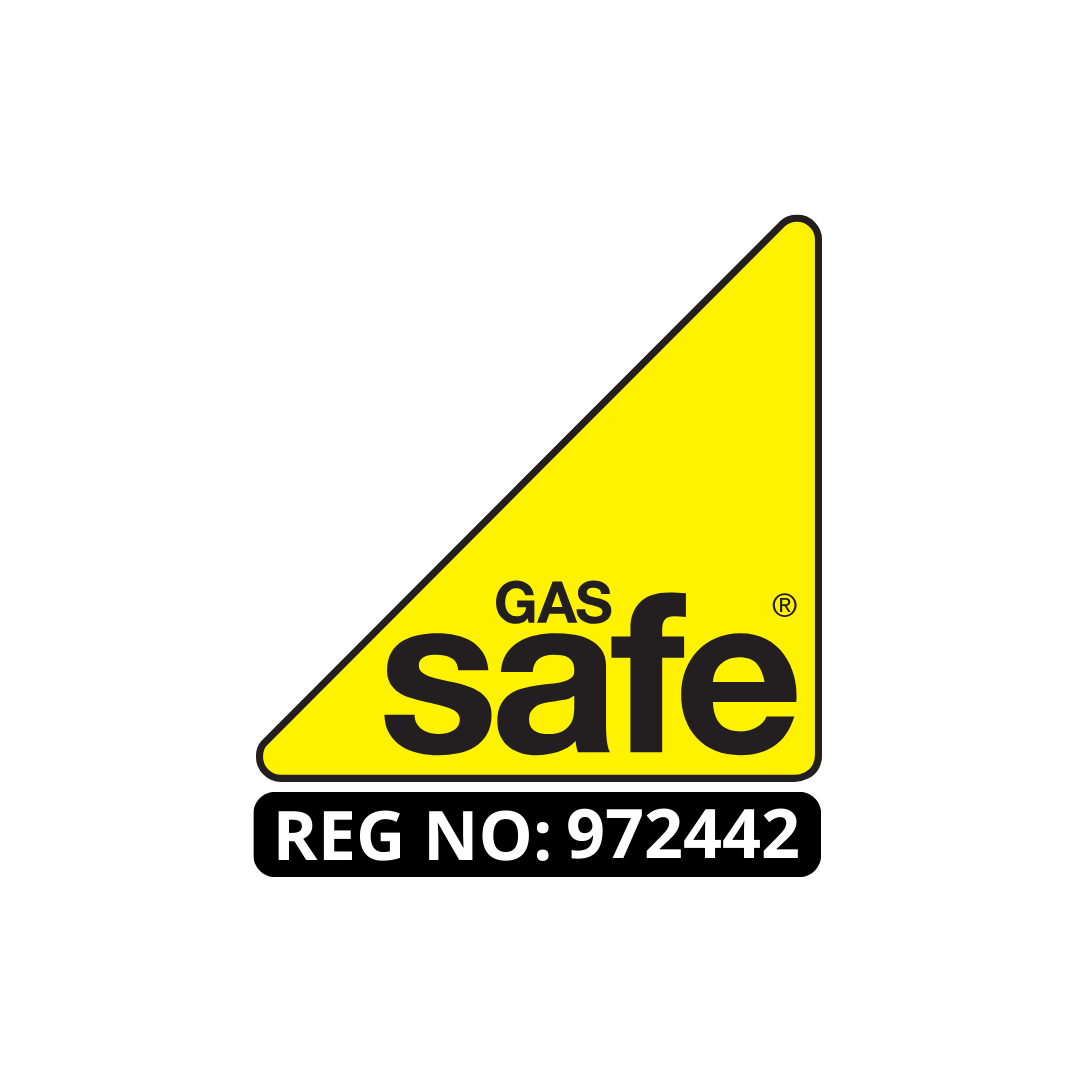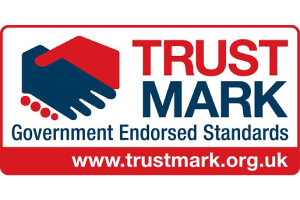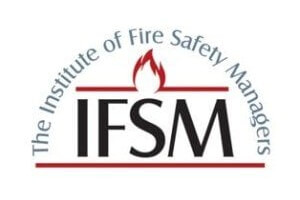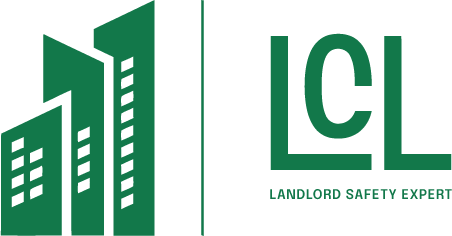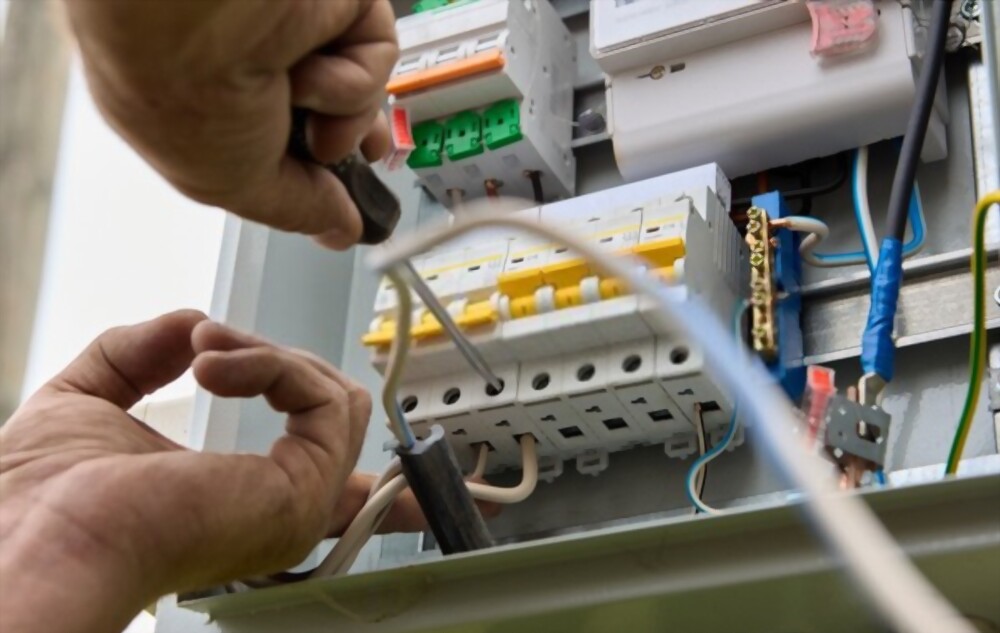
Essential electrical Assignments form a stable foundation for safety across every property. Clear routines support reliable performance. Strong inspection cycles reduce hidden risks in older circuits. Industry surveys confirm a major drop in electrical failures when structured evaluation remains active. A defined framework under the EICR London process provides clarity for property operators. EICR test requirements follow strict national guidelines that protect residents and appliances. Visual checks identify old components and weakened fixtures. Careful observation often reveals heat damage, corrosion, or loose terminals. Formal testing provides detailed insight into the deeper circuit condition. Protective devices receive attention during each assessment. Wiring routes undergo confirmation to detect deterioration. Load levels receive evaluation to prevent overheating. National fire statistics reveal high incident rates linked to neglected wiring in dense urban regions. A consistent duty schedule lowers that threat and supports long-term stability across residential and commercial environments. Older blocks gain substantial benefit due to the extended service life of many systems. Electrical requirements also support structured documentation, which strengthens compliance confidence. A full framework enables accurate decision paths for repairs and upgrades. Expert technical guidance remains available through dedicated service teams
Key Takeaways
- EICR London assessments provide stronger insight into electrical conditions across varied properties
- Regular inspection cycles reduce fault risks that often emerge within older wiring systems
- Detailed reporting improves maintenance planning through accurate defect identification
- Fault detection during inspections prevents circuit failures that create dangerous situations
- Compliance checks ensure alignment with current UK electrical regulations across all building types
- Updated EICR London evaluations maintain stable electrical performance under rising usage demands
- Accurate test results guide effective repair priorities and strengthen long-term property safety
- Reliable electrical function enhances overall property value through improved safety assurance
- Expert-led assessment support offers clear direction throughout each inspection process
Test Process Breakdown for Accurate Electrical Evaluation
Accurate electrical evaluation depends on a precise test process. Electricians follow standard procedures that align with national regulations. A detailed method reduces reporting errors and strengthens safety compliance. The process begins with careful visual checking of boards, sockets, and switches. Degraded assemblies frequently remain unnoticed without structured inspection. Formal measurement follows visual review. Instruments verify continuity, polarity, insulation strength, and fault response. Each result indicates the stability of individual circuits. Industry records show a strong link between accurate testing and reduced emergency incidents. Codes classify defects once testing finishes. C1 reflects immediate danger. C2 reflects an urgent repair need. C3 reflects recommended improvement. Codes assist property teams by clarifying the level of action required. A complete EICR test provides a full overview of installation status. Property supervisors use clear details to decide when to upgrade or maintain the building. National safety authorities highlight the test process as a vital element of responsible electrical management. Strong procedures support stable long-term performance across all property categories
Fault Detection Benefits Across Property Installations
Fault detection delivers essential value across all building types. EICR London services play a key role in supporting this process, as electrical networks carry significant loads from heating units, lighting arrays, alarm systems, and digital appliances. Heavy demand creates a higher fault probability. National safety research confirms a strong connection between undetected electrical defects and fire incidents. Structured inspection identifies early-stage faults that often remain unnoticed during daily operation. Loose connections, damaged insulation, and ageing components often trigger sudden breakdowns. Accurate detection prevents those consequences. A well-documented example from North London involved a rental property with constant tripping issues. Load imbalance created a hidden strain within a ring circuit. Correction restored normal function and removed safety concerns. Commercial installations demonstrate similar benefits. Fault detection supports structured repair planning across large facilities. Risk exposure falls sharply once recurring issues receive attention through consistent documentation. National guidelines emphasize fault detection as a primary defense against major risk. Clear identification strengthens operational stability across schools, clinics, offices, and industrial units. Electrical reliability also enhances occupancy retention within residential sites.
Property Market Impact Driven Through Reliable Reports
Reliable reports influence property market performance across London. Market analysts confirm high demand for properties with verified electrical safety. Investors gain confidence when documentation provides clear evidence of stable infrastructure. Accurate reports reveal the structural condition of circuits, devices, and wiring routes. Many agents now rely on EICR London documentation agents incorporate report data into valuation processes for both residential and commercial properties. Rental sectors benefit significantly due to tenant interest in safe environments. Occupancy levels rise when electrical safety receives transparent verification. Commercial tenants also prioritize stable systems, since operational continuity depends on a reliable power supply. Case studies from East London developments confirm strong market uplift following structured inspection programs. Fault-free reports support cooperation strategies during sales or lease agreements. Buyers often request complete electrical documentation before final approval. Reliable data promotes trust between all parties involved in a transaction. Renovation planning also gains direction from accurate reports. Designers use report findings to upgrade systems efficiently. National surveys link strong electrical reporting practices with higher long-term property value. Stable infrastructure strengthens investor interest. This is why EICR London assessments play a decisive role in shaping market perception and overall asset performance across dense urban regions. Reliable electrical reporting, therefore, plays a decisive role in shaping market perception and asset performance across dense urban regions.
Assessment Steps for Fault-Free Electrical Performance
Assessment steps form the pathway to fault-free electrical performance. Structured evaluation maintains long-term stability across buildings of all sizes. National fire data reports frequent incidents linked to deteriorated wiring. Consistent assessment reduces that risk. The process begins with a full visual scan of electrical components. Sockets, boards, and switches undergo careful review to identify scorch marks, corrosion, or weakness. Advanced testing follows once visual checks finish. Instruments measure continuity accuracy, polarity direction, insulation integrity, and earth protection quality. Each reading contributes essential data for a clear condition overview. EICR London inspections often use these detailed measurements, detailed assessment also highlights outdated components that no longer fit the national safety standards. Case evidence from medical clinics and office buildings confirms sharp improvement after complete evaluations. Fault-free systems support uninterrupted operation in high-demand environments. Insurance providers recognize the value of structured assessments due to lower risk exposure. Stable systems reduce claim disputes and enhance compliance satisfaction. Facility supervisors rely on assessment outcomes to plan maintenance actions with accuracy. Long-term property strategies perform better when electrical stability remains verified at regular intervals. National authorities encourage consistent assessment routines because they reduce emergency callouts and extend system life. EICR London reports help document each step, and each step contributes to stronger electrical performance across every installation type

Review Methods for Clear Fault Detection
Review methods provide an essential foundation for accurate fault detection. Regular reviews reveal early indicators of system instability. Safety agencies consistently report strong reductions in electrical incidents when review structures remain active. Methods begin with comprehensive surveys of visible electrical elements. Electricians check boards, socket fronts, and protective devices for heat damage, cracks, or loosened parts. Instrument readings follow to identify deeper circuit issues, such as high resistance or faulty device response. Review methods rely on precise measurement and clear documentation. EICR London review practices often use this structured approach. Reports outline findings in structured notes that assist maintenance planning. Old installations particularly benefit from long-term wear. Review outcomes highlight areas requiring urgent attention and areas suitable for scheduled upgrades. National regulators encourage structured review methods to minimize risk across occupied spaces. Clear review records help building supervisors track historical data during audits. Consistent practices create safer environments and strengthen operational reliability. Many service providers offering EICR London support deliver expert guidance through experienced technical advisors across multiple service regions.
Audit Principles for Strong Legal Compliance
Audit principles establish a reliable foundation for legal compliance within all property categories. National electrical regulations require strict adherence to inspection standards. Audits confirm alignment with statutory requirements. Structured planning forms the first principle. Each property follows set intervals that match regulatory expectations. Audit work covers circuit condition, wiring quality, load balance, and protective device performance. Audit principles also improve documentation accuracy. Clear records support verification during formal inspections by authorities. Strong audit discipline reduces liability for property operators. Commercial facilities gain major benefits due to extensive appliance loads and high occupancy patterns. Residential landlords also gain assurance when audit trails remain complete. Legal advisors frequently recommend routine audits because they decrease risk exposure and prevent disputes. Market analysts note rising investor interest in assets with solid compliance histories.
Assessment Insights for Comprehensive Property Safety
Assessment processes reveal essential facts about electrical integrity across varied property types. Inspectors rely on clear procedures that highlight hidden faults. Each stage of the assessment builds a structured picture of safety status. Industry data shows a strong decline in electrical incidents after consistent inspection cycles across urban locations. EICR London assessments support this trend by ensuring each inspection follows regulated protocols. Property records from several managed complexes confirm notable improvements once structured assessments began. Inspectors document visible defects during the early phase. Reports capture damaged sockets, loose fittings, and corroded components. Structured notes support accurate evaluation. Strong evidence from regulatory forms confirms that accurate assessments reduce risk across residential blocks and commercial spaces. Clear results guide repair decisions. Case material from large mixed-use buildings illustrates how assessments prevent major disruptions. Inspectors identify weak circuits that fail under high load. Repairs restore safe operation. Stable electrical performance strengthens overall property reliability. Assessment processes also support legal compliance requirements across regulated sectors. Updated safety reports assist insurance reviews during claim evaluations. Guidance from trained teams remains valuable for property operators who need continual clarity in fast-changing environments.
Electrical Testing Stages for Accurate Condition Data
Electrical testing follows an organized sequence that establishes system accuracy. Inspectors start with visual checks that confirm surface-level conditions. Fault signs include scorch marks, loose terminals, changed casings, and outdated assemblies. Industry surveys highlight high fault discovery rates during early stages of testing across older buildings. Instrument testing follows visual checks. Each measurement confirms continuity, polarity, resistance, and insulation strength. UK safety data shows clear reductions in circuit failures where structured testing remains active. Inspectors record each value with precision. Reports reflect the actual circuit without assumptions. Case material from offices and retail units confirms how testing uncovers dangerous load imbalances. Corrective action improves stability. Testing stages also identify defective protection devices. Faulty RCDs often fail during simulated fault conditions. Replacement restores reliable defense during electrical faults. Accurate data supports maintenance schedules across large properties. Stable circuits enhance operational safety across many environments. EICR test also highlights long-term deterioration in ageing wiring systems. Early identification prevents a dangerous increase. Detailed condition data support renovation planning within multi-unit facilities. Consistent testing routines allow property teams to maintain safe operation across changing electrical demands. Expert support remains available when clarification is required.
Frequently Asked Questions
An EICR London report shows the overall condition of an electrical installation. The report highlights faults that affect safety. Each section provides coded observations that indicate the urgency of required action. The document supports safe operation across residential and commercial sites.
An EICR test follows a schedule based on property type. Rental properties follow strict intervals under UK rules. Commercial sites require more frequent checks due to higher electrical demand. Older buildings may need shorter cycles due to ageing components.
Lack of inspections increases the chance of unnoticed faults. Damaged wiring and overloaded circuits remain a common risk. Faulty protective devices often fail without warning. Missed issues raise fire risk and reduce system reliability across all environments.
An inspection provides measured data on circuit performance. Results include continuity, resistance, polarity, and insulation values. Reports show clear defects that require attention. Accurate readings support better electrical stability across the property.
An EICR London assessment confirms alignment with UK electrical regulations. Clear documentation guides property managers during audits. Inspection evidence strengthens safety procedures across buildings. Regulatory recognizes the report as valid proof of electrical condition.
Conclusion
Strong electrical oversight gains major value through consistent EICR London cycles. Clear reports limit risk exposure across varied sites. Regular inspections reveal faults before major damage occurs. Stable circuits reduce fire risk and strengthen operational safety across rental blocks and commercial units. Accurate data from each EICR test process assistances defect control and long-term repair plans. Reliable assessment routines also meet legal duties under current UK electrical rules. Strong guidance from qualified teams ensures steady progress across complex property demands. Strong electrical assessment secures lasting protection across every building.



